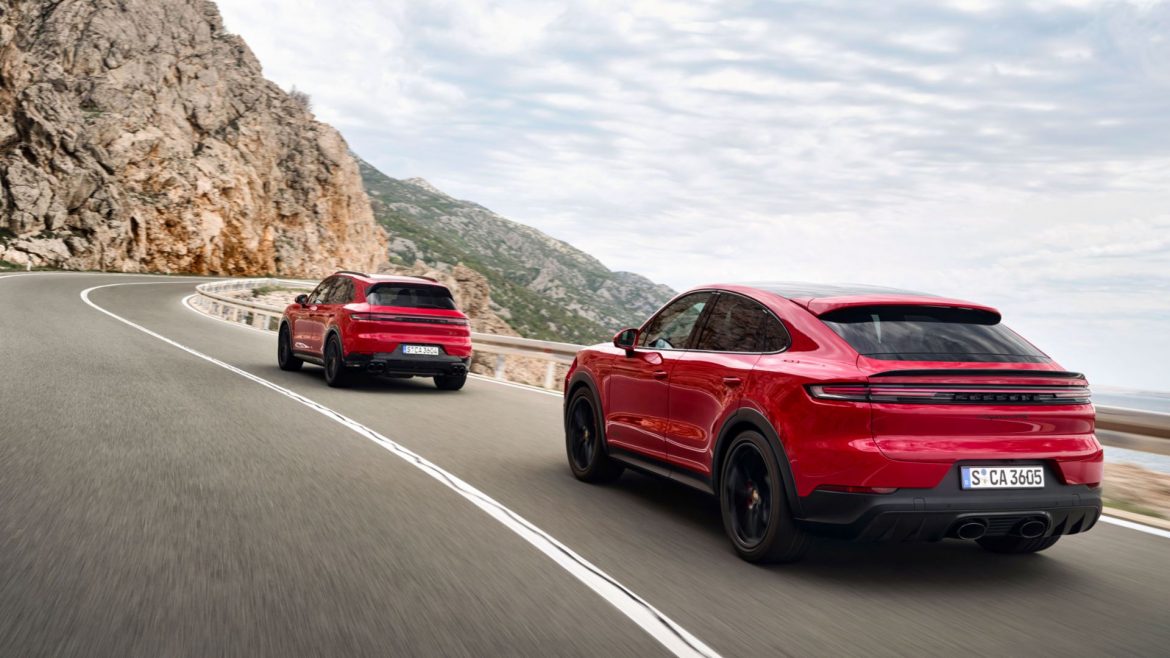Porsche AG, the iconic German luxury car manufacturer, announced plans to significantly reduce its dealership network in China, marking a strategic shift in response to persistent weak demand in the world’s largest automotive market. The decision comes as the company reported a substantial 41% decline in third-quarter operating profit, forcing a comprehensive review of its global operations and cost structure.
Chief Financial Officer Lutz Meschke revealed the company’s dramatic shift in strategy during a press briefing following the earnings announcement. “China is an incredible challenge, not just for Porsche,” Meschke stated, adding that European automakers can no longer expect China’s market to return to its previous robust levels for Western manufacturers.
The financial impact of these challenges was clearly reflected in Porsche’s third-quarter results. Operating profit fell to 974 million euros ($1.05 billion), falling short of analysts’ expectations of 1.08 billion euros, according to LSEG estimates. Sales decreased to 9.1 billion euros, resulting in an operating margin of 10.7% – significantly below the company’s medium-term target range of 17-19%.
In response to these challenges, Porsche is implementing a comprehensive restructuring plan that includes adjusting its cost structure to align with projected annual vehicle sales of around 250,000 units, a notable reduction from the over 300,000 vehicles sold in recent years. The company, majority-owned by Volkswagen, cited both weakening Chinese demand and a slower-than-anticipated transition to electric vehicles as key factors necessitating this strategic review.
“We’re not giving up on the Chinese market but we need to face the facts,” Meschke emphasised, projecting stagnant vehicle sales in China through 2025. This realistic assessment of the market situation has prompted the company to launch a comprehensive cost-cutting initiative aimed at achieving billions of euros in savings by 2030.
Porsche’s experience mirrors challenges faced by other German luxury automakers in China. Both BMW and Mercedes-Benz have reported similar pressures, with Mercedes-Benz announcing intensified cost-cutting measures after its third-quarter earnings halved due to fierce competition and tepid demand in the Chinese market. The company recorded its worst return on sales in its key car unit since the pandemic.
Despite these challenges, Porsche maintained its 2024 outlook, projecting sales between 39 billion and 40 billion euros and an operating margin of 14-15%. However, analysts’ consensus estimates from LSEG suggest a slightly more conservative margin of 13.8%, reflecting broader market scepticism about the luxury auto sector’s near-term prospects.
The restructuring of Porsche’s Chinese operations represents a significant shift in the global automotive landscape. China, long considered the primary growth engine for luxury car brands, is experiencing a structural transformation in consumer demand amid broader economic challenges that have impacted luxury goods spending across sectors.
The company’s strategic pivot includes not only dealership network optimization but also a comprehensive review of its product lineup, budgets, and costs. “All with the aim of increasing our flexibility and resilience even further,” Meschke explained, highlighting the company’s commitment to adapting to changing market conditions.
This development signals a potentially broader trend among European luxury automakers, who may need to reassess their China-focused growth strategies and seek alternative markets for expansion. The situation also highlights the increasing complexity of the global automotive market, where traditional assumptions about growth markets and consumer behaviour are being challenged by rapid economic and technological changes.



